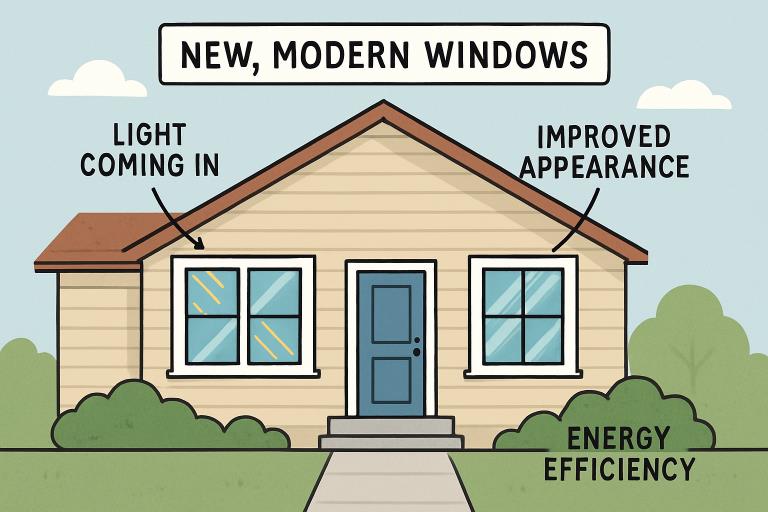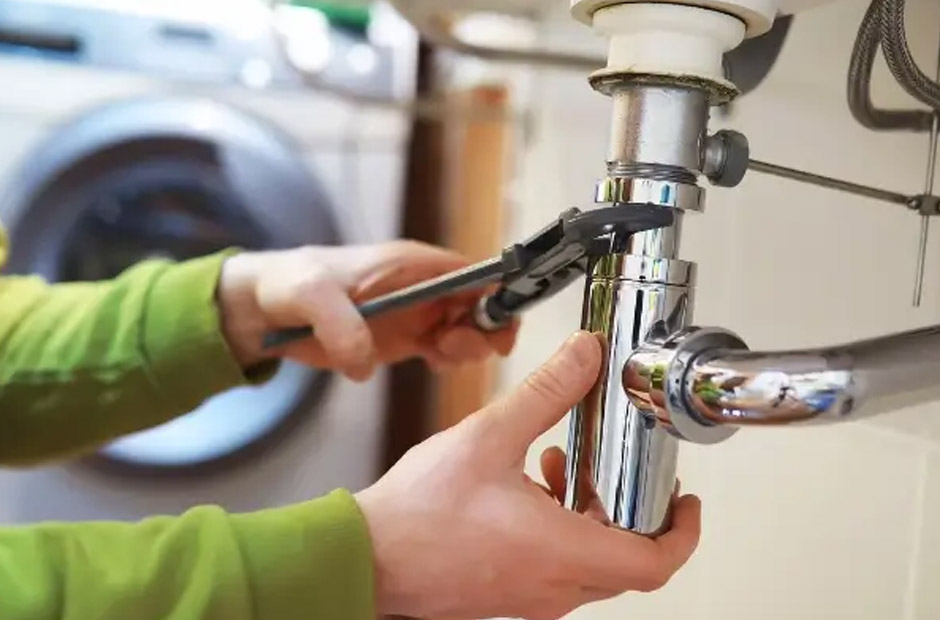Now Reading: Eco-Friendly Choices for Creating a Sustainable Home
-
01
Eco-Friendly Choices for Creating a Sustainable Home
Eco-Friendly Choices for Creating a Sustainable Home

Why a Sustainable Home Matters
Imagine your house as a small, deliberate ecosystem — every choice you make ripples outward. When you swap a wasteful habit for a thoughtful one, the difference is immediate: lower energy use, smaller bills, and a lighter footprint on the planet. Beyond the numbers, there’s a quieter reward too — living in a space that feels intentional, calm, and built to last.
The Upside: Environmental, Financial, and Personal Gains
Sustainability isn’t just an abstract ideal; it’s practical and rewarding. Cutting energy demand reduces greenhouse gas emissions and shrinks monthly utility bills. Buying fewer, higher-quality items reduces landfill waste and often saves money over years instead of months. And living with durable, ergonomic pieces improves wellbeing — less clutter, better posture, and a home that supports your life instead of complicating it.
Sustainable Furniture: Buy Less, Choose Better
Furniture is where storytelling and craft meet practicality. Opt for pieces made from reclaimed or sustainably sourced wood — think solid joins and timeless silhouettes rather than trendy, disposable designs. High-quality furniture lasts; it ages with you. Ergonomic choices for a home office pay dividends in comfort and productivity. If budget is a barrier, pre-loved markets and local thrift shops are treasure troves for well-made finds that already carry a history, not a carbon debt.
Lighting: Make It Moodful, Make It Efficient
Lighting sets mood, guides function, and can either drain or conserve energy. Swap old incandescent bulbs for LEDs and add smart controls so lights only blaze when you need them. Use dimmers to create atmosphere and motion sensors in low-traffic spaces. But don’t forget daylight — designing to capture natural light saves electricity and makes rooms feel cinematic; a well-placed mirror can double that effect with minimal expense.
Waste Management: Reduce, Reuse, Reimagine
A sustainable home treats waste as a design challenge. Make recycling easy with clearly labeled bins and a routine that becomes second nature. Start a compost for food scraps — it’s simple, smells manageable when done right, and returns nutrients to soil if you garden. Reduce packaging by choosing products with minimal wrapping and embracing reusable bags, jars, and containers. Small rituals — a canvas bag by the door, a jar for leftovers — compound into meaningful change.
Small, Practical Upgrades That Add Up
You don’t need to overhaul everything at once. Start with one room or one habit. Seal drafts around windows, swap in LED bulbs, and add low-flow fixtures in the bathroom and kitchen. Invest in an ergonomic chair rather than chasing cheap replacements. Start a repair mindset: mend a zipper, re-stuff a cushion, fix what’s broken instead of replacing it. These micro-actions build momentum and make sustainability feel doable instead of daunting.
Community and Local Systems
Sustainable homes don’t exist in isolation — they exist within communities. Look for local repair cafes, swap meets, and neighborhood recycling programs; these resources extend the life of goods and reduce waste. Community gardens and compost hubs turn what would be waste into a shared resource. When neighbors trade tips and tools, the scale of impact grows: a single front-yard compost or tool library can change dozens of households’ behavior.
Design Choices That Last
Choosing classic lines and neutral palettes isn’t about sacrificing style — it’s about investing in pieces that remain visually and functionally relevant. Natural materials like FSC-certified wood, wool textiles, and metal hardware age well and can be repaired. Layer textures and lighting to create warmth without resorting to trendy, short-lived items. The result is a home that feels curated, not disposable.
The Bigger Picture: Why Individual Choices Matter
Individual choices accumulate. One home swapping bulbs and composting may seem small, but thousands of homes doing the same tilt markets toward sustainable suppliers and extend product lifespans. Conscious consumerism ties the personal to the political: where money goes, production shifts. A sustainable home contributes to a cultural rhythm where durability, repair, and shared resources matter more than single-use convenience.
Getting Started: A Simple Action Plan
Begin with an inventory: what uses the most energy, what breaks most often, and what habits cause the most waste? Pick two priorities and tackle them over the next month — maybe lighting and waste. Track small wins: your bill drops, your drawer clears out, your morning feels lighter. Celebrate that momentum and let it guide the next change. Slow, steady adjustments create habits that endure.
FAQ
What’s the quickest way to reduce energy use at home?
Switching to LED bulbs and installing smart controls will cut lighting energy quickly, and sealing drafts provides immediate heating and cooling savings.
Is sustainable furniture more expensive?
Upfront costs can be higher, but durable, well-made furniture often costs less over time because it doesn’t need frequent replacement.
Can composting really be done in an apartment?
Yes — compact countertop composters and community compost programs make it practical even without a backyard.
How important is certification like FSC?
Certifications help identify sustainably sourced materials, making it easier to choose products that support responsible forestry and manufacturing.
Are smart home systems necessary for sustainability?
They’re helpful but not required; simple habits like turning off lights, using timers, and choosing efficient appliances can be just as effective.
Where should I start if I feel overwhelmed?
Pick one room and one habit — for example, the kitchen and waste reduction — and focus on achievable changes that build confidence.





















